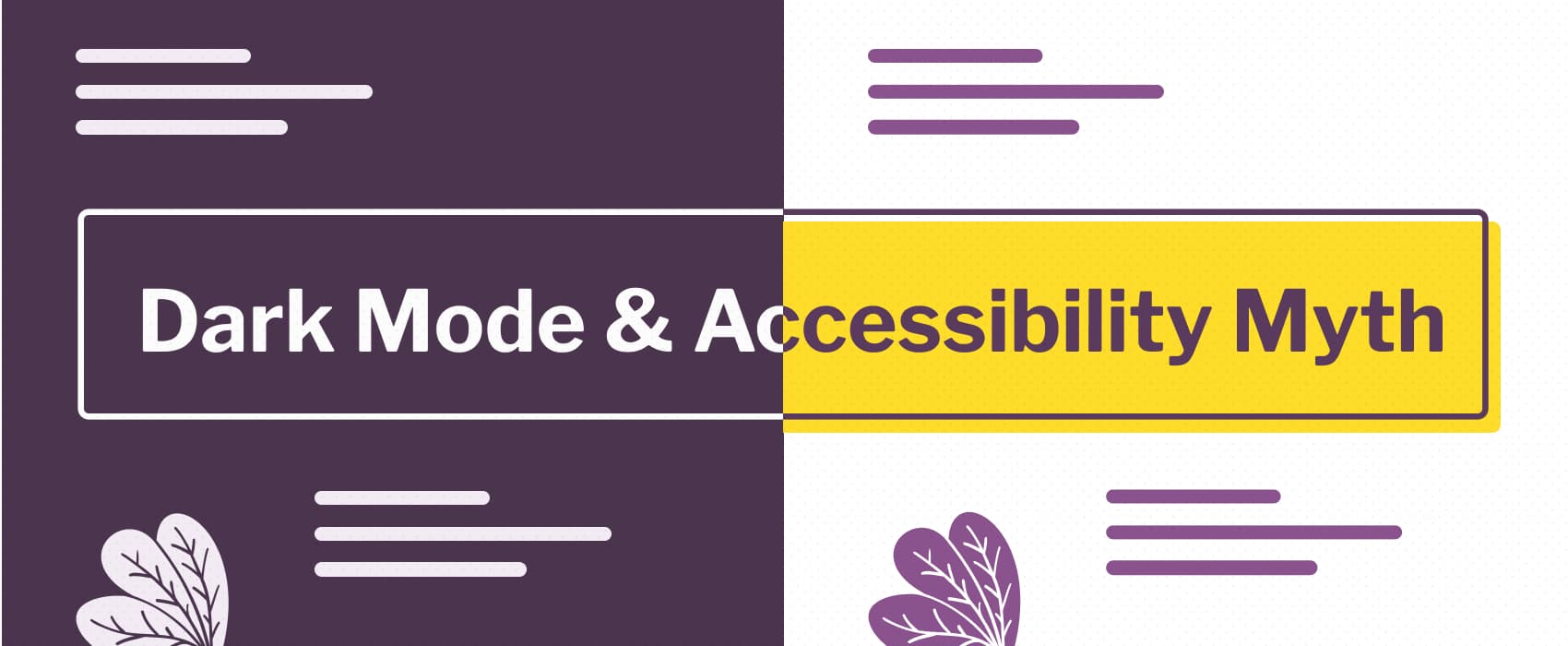This article highlights the importance of providing users a choice and not forcing them into one type of visual experience. Also, there are so many system-level accessibility options that impact color contrast it is important to ensure the app or website is compatible with those accessibility settings too.


The important thing is to default to light mode, because I may need to print out the interface before I choose my preference, and I don’t want to pay for all that extra ink.
I guess if I was sure to be using some kind of screen that throws light at my face, defaulting to dark mode might make sense, until I choose.
But it’s critical to default to the printer friendly option, in 2024.
While I don’t print much in this day and age, most sites that are doing accessibility correctly should have a print.css that overrides dark mode and other non-printable styling, so that things print correctly. This is fairly basic and has been a part of the W3C’s advice on web design since at least 2006. People really should read the W3C’s documents, they’re a tad boring, but very informative on making an inclusive internet for all.
Yes!
But while we’re talking about it, know of any real reason dark mode isn’t the default now that printing isn’t a serious consideration?
As far as I can tell, folks just haven’t switched back after ‘print.css’ was invented. (The entire Internet used to be black text on light gray backgrounds, then people started printing the Internet out on paper and every background became glaring white, presumably to save ink.)